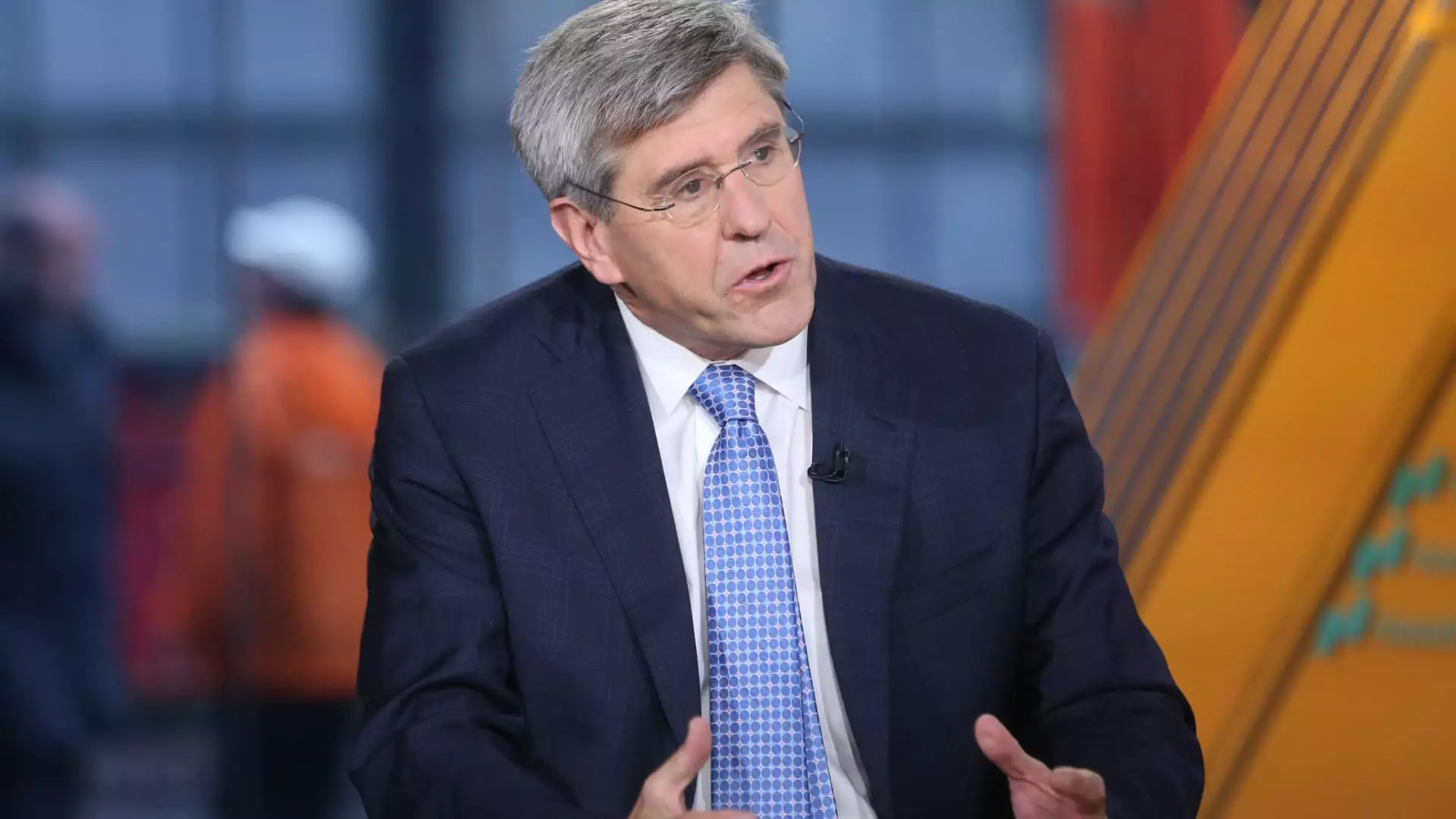The ongoing trade tensions between the United States and China represent a complex landscape defined by differing economic strategies, political motivations, and cultural ramifications. As both powers navigate this tumultuous terrain, understanding the subtleties and implications of their economic policies is crucial. This article aims to dissect the key aspects that shape the current trade dynamics, focusing on insights from various stakeholders, including government officials and economic analysts.
Former economic advisor Stephen Moore recently emphasized that the United States views tariffs not merely as penalties but as strategic negotiation tools. During his discourse at a financial event in Dubai, he articulated how President Donald Trump’s administration primarily targeted China for its perceived economic aggressiveness. This targeting is rooted in a broader ambition for global economic supremacy, where tariffs serve as instruments to influence trade behavior and protect domestic interests. The framing of tariffs as a “battle for global economic dominance” resonates with many policymakers who see these strategies as vital to preserving national interests in an increasingly interconnected world.
Moore’s assertion that China’s economic resilience is arguably more fragile than that of the United States is particularly poignant. He argued that the Chinese economy is under significant strain, making it less equipped to withstand the pressures of escalating tariffs. This perspective positions the U.S. as holding the upper hand in the ongoing negotiations, underlining the belief that while trade wars broadly hurt both nations, China’s capacity to endure prolonged economic pain is limited. The implications of this view are critical as they suggest that China may be more inclined to seek resolution than to escalate tensions.
The broader ramifications of this trade conflict extend beyond just the U.S. and China. Trade analysts have raised alarms over the potential for an all-consuming global trade war, with predictions that it could spiral into a destructive cycle affecting various economies worldwide. The competing economic interests of nations, including the EU and allies like Australia and the UK, further complicate the landscape. Moore stressed that these nations face a crossroads, needing to decide whether to align more closely with the U.S. or China. This dichotomy raises crucial questions concerning global trade alliances and their future sustainability, particularly in light of rising nationalism and protectionist policies.
In addition to the international dimensions of the trade war, domestic issues also play a significant role in shaping policy. Moore supported Trump’s tariff initiatives against Mexico and Canada, advocating for these measures as necessary steps to combat the influx of fentanyl and heroin into the U.S. This intertwining of trade policy and domestic drug challenges showcases how economic strategies can be leveraged to address complex societal problems. The administration’s approach illustrates an intention not only to safeguard economic interests but also to respond to pressing health crises impacting American communities.
China’s response to U.S. tariffs has included its own set of retaliatory measures, contributing to an ongoing tit-for-tat dynamic. With trade officials from both nations engaging in a back-and-forth exchange, the prospects for reaching an amicable resolution appear increasingly tenuous. Chinese authorities have argued against accusations regarding drug trafficking and have insisted that these matters pertain to domestic policy rather than international trade dynamics. This counter-narrative highlights the complexities of international relations, where domestic policies can easily bleed into trade discussions, complicating negotiations.
As we look forward, the trajectory of U.S.-China trade relations remains uncertain. With each nation positioning itself strategically, the potential fallout from prolonged tensions could reshape global trade patterns for years to come. While both sides leverage tariffs to extract concessions from each other, the risk of a wider economic conflict looms. Policymakers globally must navigate these turbulent waters carefully, balancing domestic pressures with the need for international cooperation. Ultimately, the outcome of these negotiations will not only impact U.S. and Chinese economies but will also reverberate across the global economic landscape, influencing trade relations for every nation involved.


Leave a Reply